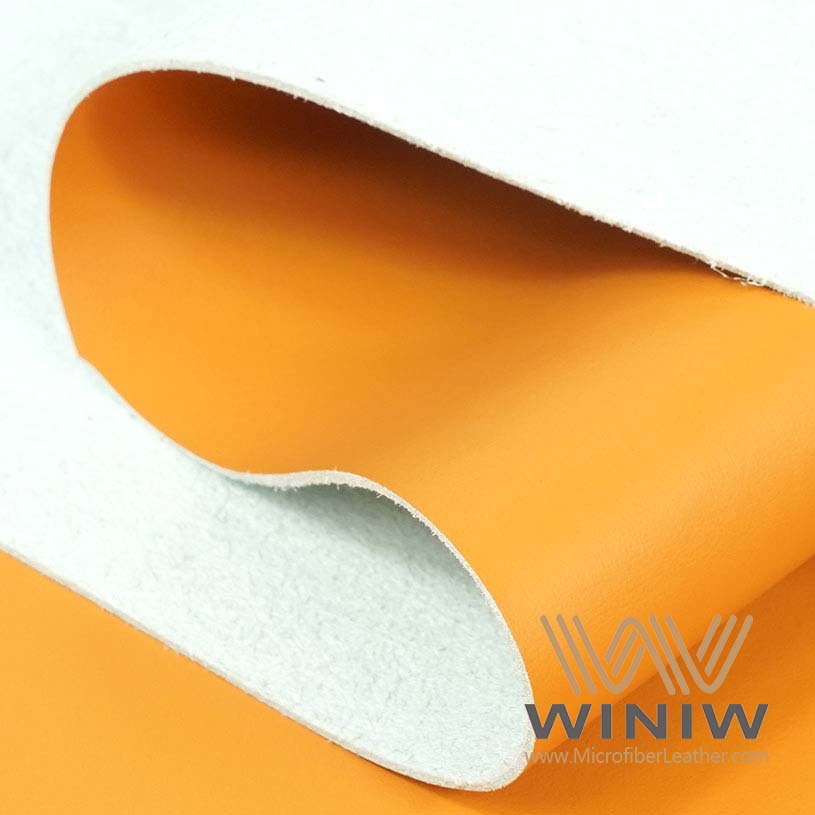
Você quer um sofá de couro sintético que combine com sua sala de estar e seu estilo de vida. Ao comprar um sofá novo, você considera conforto, durabilidade, estilo e facilidade de manutenção. O material é importante para famílias, animais de estimação e clima. Um sofá bem escolhido agrega qualidade ao seu ambiente. lar Escolher o sofá perfeito significa considerar opções em couro e tecido.
|
Fator |
Couro |
Tecido |
|---|---|---|
|
Durabilidade |
Conhecido por sua longa durabilidade |
Varia conforme o tipo de tecido, alguns são duráveis. |
|
Manutenção |
Fácil de limpar, requer condicionamento. |
Pode necessitar de limpeza frequente; capas removíveis disponíveis. |
|
Conforto |
Sensação mais firme e fresca |
Sensação mais macia e quente |
|
Custo |
Geralmente mais caro |
Opções mais econômicas |
|
Flexibilidade de design |
Limitado em padrões |
Grande variedade de padrões e cores. |
|
Impacto ambiental |
Produção com uso intensivo de recursos |
Pode incluir opções sustentáveis. |
Ao escolher entre sofás de couro e de tecido, leve em consideração seu estilo de vida e suas necessidades. O couro oferece durabilidade. e fácil de limpar, enquanto o tecido proporciona conforto e flexibilidade de estilo.
Sofás de couro envelhecem com elegância e podem durar mais de 20 anos com os devidos cuidados. A hidratação regular e evitar a exposição direta à luz solar ajudam a preservar sua qualidade.
Os sofás de tecido vêm em diversas texturas e cores, permitindo atualizações fáceis na sua decoração. Tecidos de alta performance são ótimos para famílias com animais de estimação, oferecendo resistência a manchas e conforto.
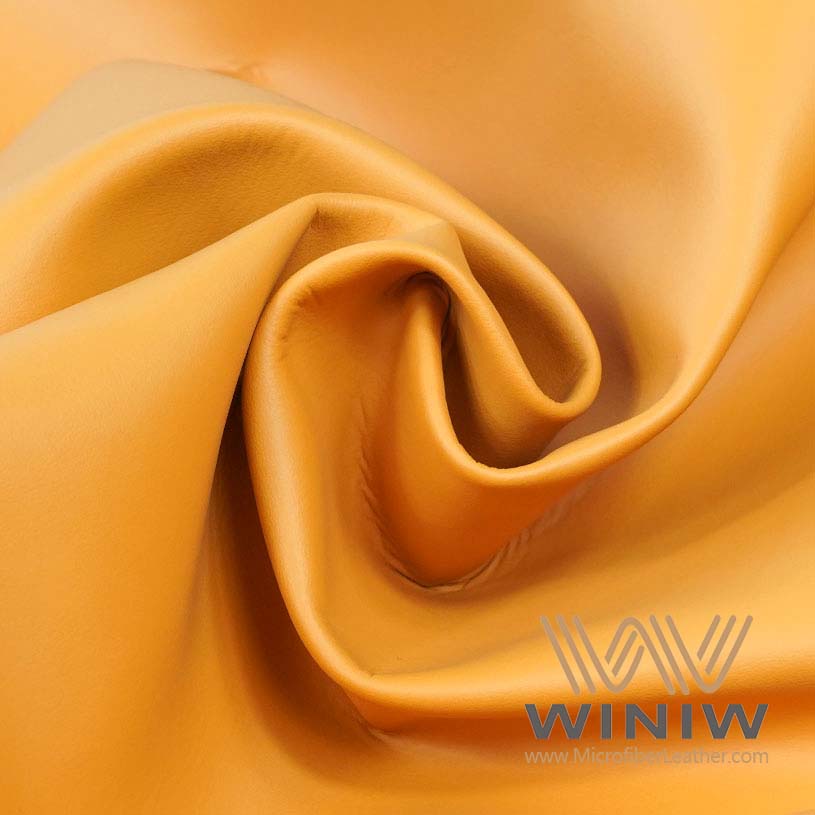
Ao escolher um sofá de couro, você traz uma sensação de elegância atemporal para a sua sala de estar. O couro oferece um assento firme inicialmente, mas torna-se mais macio e confortável com o uso. Muitas pessoas apreciam o estilo sofisticado e a durabilidade que o couro proporciona. Com o tempo, um sofá de couro se adapta ao seu corpo, amaciando sem perder a forma ou a qualidade. Este material se destaca pela sua capacidade de envelhecer com graça, muitas vezes ficando ainda mais bonito após anos de uso.
As almofadas de couro ficam frias ao toque no inverno e podem ficar pegajosas nos dias quentes de verão. Você pode notar essa sensibilidade à temperatura com mais frequência se sua casa estiver sujeita a condições climáticas extremas.
Sofás de couro resistem melhor a derramamentos e manchas do que a maioria dos sofás de tecido. Uma limpeza rápida geralmente os mantém limpos.
O couro de alta qualidade mantém seu valor e beleza, tornando-se um investimento duradouro para sua casa.
Você pode descobrir que um sofá de couro sintético dá o tom da sua sala de estar, definindo o estilo para o restante da decoração. No entanto, essa forte presença pode limitar suas opções de cores e estilos quando você quiser redecorar.
Sofás de tecido oferecem conforto imediato e uma sensação acolhedora. Você pode se aconchegar nas almofadas macias instantaneamente, tornando-os perfeitos para relaxar após um longo dia ou para curtir uma noite de cinema. O tecido respira melhor do que o couro, mantendo-se confortável tanto em climas quentes quanto frios. Você evita a sensação pegajosa ou fria que às vezes acompanha o couro.
Os sofás de tecido estão disponíveis em uma ampla variedade de texturas e materiais. O algodão é macio e respirável, o linho confere um toque natural, o veludo traz luxo e os tecidos de alta performance resistem a manchas e ao desgaste.
A experiência tátil dos sofás de tecido convida ao relaxamento. Você sente um aconchego e uma sensação acolhedora, ideal para ambientes casuais e familiares.
O tecido mantém uma temperatura constante, para que você fique confortável independentemente da estação do ano.
Sofás de tecido exigem mais cuidado para se manterem com aparência de novos. Líquidos derramados podem penetrar rapidamente e áreas de grande circulação podem apresentar sinais de desgaste, como esticamento ou desfiamento. No entanto, as capas geralmente podem ser removidas e lavadas, o que facilita a manutenção.
Escolher um sofá de tecido significa que você pode combiná-lo facilmente com o restante da decoração do seu ambiente. De tons suaves que criam uma atmosfera serena a estampas ousadas que se destacam, esses sofás permitem que você mostre seu estilo na decoração de interiores. Sofás de tecido oferecem mais flexibilidade para acompanhar as tendências de design e preferências pessoais. Diferentes almofadas, mantas e acessórios podem transformar uma base de tecido neutra de acordo com a estação. Tecidos ousados podem ser peças de destaque, permitindo que você crie a paleta de cores do ambiente em torno da estampa ou cor do sofá.
Sofás de couro funcionam como peças-chave que ditam a estética geral do ambiente. Depois de investir em um sofá de couro, sua paleta de cores e opções de estilo ficam um tanto limitadas pela necessidade de combinar com esse elemento dominante. Isso não é necessariamente ruim – muitos proprietários apreciam ter uma peça fundamental que simplifica as decisões de decoração.
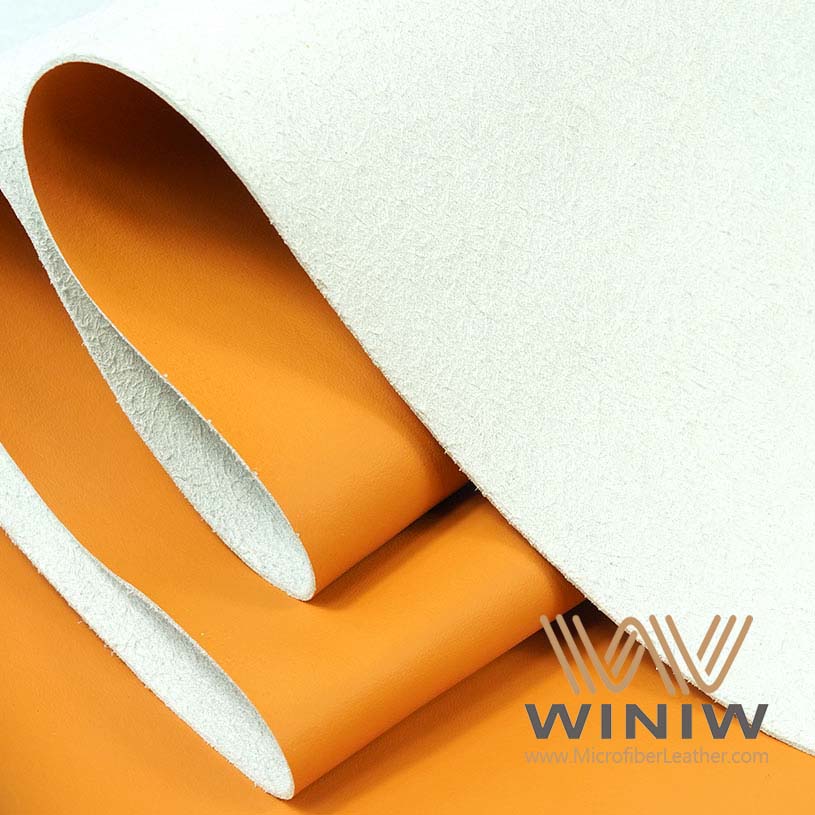
Designers de interiores recomendam combinar sofás de couro com diferentes estilos de decoração, escolhendo as cores e os detalhes certos. Tons profundos e ricos, como bordô ou marrom escuro, funcionam bem em ambientes tradicionais, especialmente quando combinados com almofadas de seda ou veludo e decoração vintage. Para um visual moderno, você pode adicionar almofadas texturizadas, detalhes metálicos ou obras de arte marcantes para criar interesse visual.
Ao tentar combinar um sofá de couro com a decoração existente, você pode enfrentar alguns desafios:
Alcançar equilíbrio e harmonia entre materiais, cores e texturas é crucial.
Considere como o sofá de couro interage com os elementos de tecido e com a paleta de cores em geral.
Use elementos em comum, como cores ou padrões, para harmonizar peças de couro e tecido.
Sofás de tecido oferecem mais liberdade para experimentar diferentes estilos. Você pode facilmente renovar sua sala de estar trocando acessórios ou até mesmo a capa do sofá. Essa flexibilidade faz do tecido uma escolha popular para quem gosta de renovar a decoração da casa com frequência.
Tanto os sofás de couro quanto os de tecido apresentam vantagens e desvantagens distintas em termos de conforto e estilo. O couro oferece um visual sofisticado e envelhece com elegância, mas pode parecer menos convidativo inicialmente e talvez não seja adequado para todos os climas. Os sofás de tecido proporcionam conforto imediato e maior versatilidade de estilo, mas podem exigir mais manutenção e apresentar desgaste mais rapidamente.
Sofá de tecido de couro Combina a durabilidade e a elegância do couro com o conforto e o aconchego do tecido, oferecendo o melhor dos dois mundos.
Considere seu estilo de vida, clima e preferências de design para encontrar o equilíbrio certo entre conforto, qualidade e estilo para sua casa.
Ao analisar a durabilidade dos sofás de couro, percebe-se que o material se destaca por sua impressionante resistência. Sofás de couro geralmente duram mais do que sofás de tecido, pois o couro resiste ao desgaste. Se você deseja um sofá que mantenha sua qualidade por muitos anos, o couro é uma excelente escolha. O material envelhece bem, muitas vezes desenvolvendo uma rica pátina que agrega personalidade à sua sala de estar.
Para maximizar a vida útil do seu sofá de couro sintético, você precisa seguir alguns cuidados simples:
Mantenha um nível de umidade de 40 a 50% em sua casa. Isso evita o crescimento de mofo e impede que o couro resseque.
Aplique um condicionador de couro de alta qualidade a cada 6 a 12 meses. Essa etapa repõe os óleos naturais e aumenta a resistência do couro.
Faça uma limpeza profunda com um produto de limpeza específico para couro. Isso ajuda a manter os óleos naturais do couro e evita rachaduras.
Inspecione seu sofá regularmente para verificar se há sinais de danos. Mantenha-o longe da luz solar direta para evitar o desbotamento.
Use um kit de reparo de couro para arranhões e danos menores.
Fatores ambientais desempenham um papel importante na durabilidade dos sofás de couro. Muita luz solar pode causar desbotamento e ressecamento. O calor do sol evapora a umidade dos óleos naturais do couro, levando ao seu endurecimento e rachaduras. O excesso de umidade, causado por alta umidade relativa do ar, pode levar ao crescimento de mofo, enquanto a baixa umidade pode tornar o couro quebradiço. Você deve posicionar seu sofá longe da luz solar direta e controlar os níveis de umidade em sua casa.
Dica: Para que seu sofá de couro dure mais tempo, mantenha-o longe da luz solar direta e use um condicionador regularmente. Essa rotina simples ajuda a preservar a durabilidade e a aparência do material.
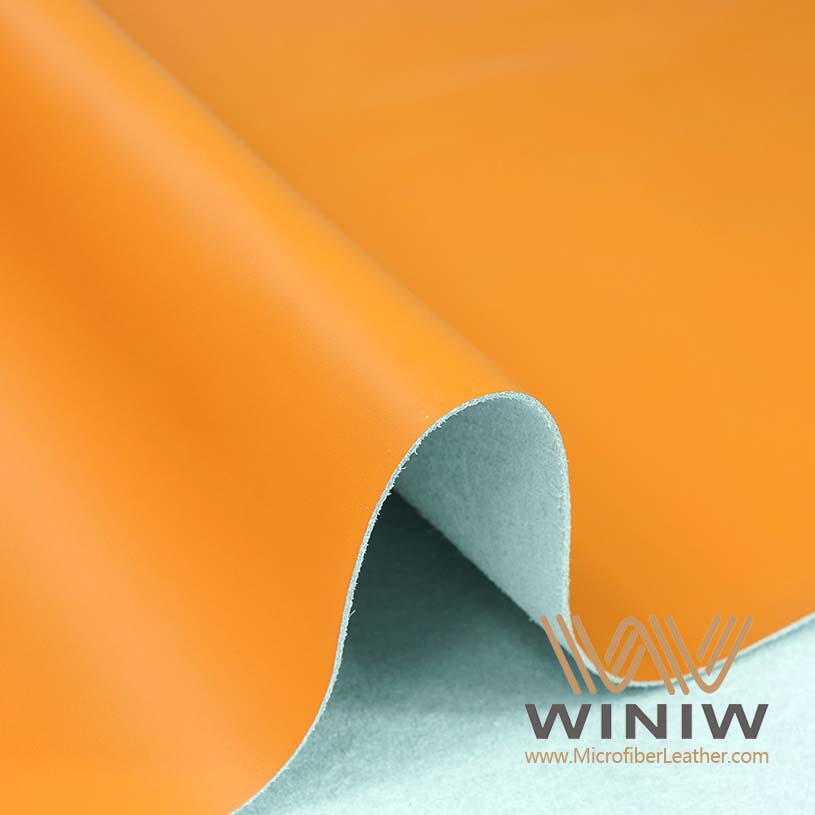
Sofás de tecido oferecem conforto e estilo, mas sua durabilidade depende do tipo de tecido escolhido. Os avanços em tecidos de alta performance melhoraram a vida útil dos sofás de tecido, tornando-os adequados para casas com animais de estimação e crianças. Tecidos de alta performance resistem a manchas e ao desgaste, para que você possa desfrutar do seu sofá por muitos anos.
Aqui estão as causas mais comuns de desgaste em sofás de tecido:
Permanecer sentado repetidamente no mesmo lugar leva ao desgaste irregular e ao afundamento do tecido.
Pular no sofá pode danificar a estrutura e o suporte.
Não aspirar permite que a sujeira se acumule no tecido, causando deterioração.
A exposição a poluentes internos causa descoloração e odores.
Dormir no sofá causa afundamento e deterioração ao longo do tempo.
A falta de limpeza permite o acúmulo de sujeira e alérgenos.
Usar o produto de limpeza errado pode danificar o tecido.
A falta de proteção dos estofados leva ao acúmulo de manchas e sujeira.
A falta de rotação das almofadas resulta em desgaste irregular.
Expor o sofá à luz solar direta pode desbotar o tecido.
Não limpar as manchas imediatamente aumenta o risco de danos permanentes.
A falta de regras para o uso do sofá leva ao mau uso e a danos.
A falta de manutenção regular causa folga nas juntas e instabilidade.
Movimentos bruscos podem causar danos físicos ao sofá.
Se você tem animais de estimação ou crianças pequenas, sofás de tecido podem ser uma opção segura e confortável. Pelos de animais são fáceis de remover com aspirador de pó ou rolo adesivo. Você também pode escolher tecidos de alta performance que resistem a manchas e ao desgaste. Aspirar e limpar manchas regularmente ajuda a manter a qualidade e a durabilidade do sofá.
Observação: Gire as almofadas e aspire o sofá de tecido com frequência. Esse hábito simples ajuda a evitar o desgaste irregular e mantém o sofá com aparência de novo.
Ao comparar sofás de couro com sofás de tecido, a facilidade de limpeza e a resistência a manchas tornam-se fatores importantes. Sofás de couro são fáceis de limpar. A maioria dos líquidos derramados pode ser removida com um pano úmido. Tratamentos de hidratação mantêm o couro macio e previnem rachaduras. É fundamental agir imediatamente em caso de derramamentos, principalmente de substâncias ácidas, que podem causar danos permanentes.
Sofás de tecido exigem métodos de limpeza diferentes, dependendo do tipo de tecido. Aspirar regularmente remove sujeira e pelos de animais. A limpeza localizada ajuda com manchas leves. Para peças muito sujas, pode ser necessária uma limpeza profunda profissional. O tratamento de manchas varia de acordo com o tecido e o tipo de mancha.
Aqui estão algumas técnicas eficazes para remover manchas de sofás de couro e tecido:
Solução de limpeza caseira: Misture uma parte de vinagre branco com duas partes de água. Sempre teste primeiro em uma área escondida.
Técnica de absorção: Utilize um pano limpo e úmido para absorver o excesso de produto na área e remover qualquer resíduo.
A secagem é fundamental: deixe a área secar completamente ao ar livre. Use um ventilador, se necessário.
Erros comuns: Evite molhar demais o material, usar produtos de limpeza agressivos e negligenciar a ajuda profissional para manchas difíceis.
Para sofás de tecido e veludo, misture água morna com uma pequena quantidade de vinagre branco ou detergente neutro. Borrife levemente a solução em um pano limpo e aplique na mancha, dando leves batidinhas de fora para dentro.
|
Tipo de sofá |
Rotina de limpeza |
Resistência a manchas |
Nível de manutenção |
|---|---|---|---|
|
Couro |
Limpe derramamentos, hidrate, tire o pó. |
Alto (fácil de limpar) |
Moderado |
|
Tecido |
Aspirar, limpar manchas, limpeza profunda |
Varia conforme o tipo de tecido. |
Moderado a Alto |
Se você busca um sofá fácil de limpar, os sofás de couro oferecem uma clara vantagem. Os sofás de tecido exigem mais atenção, mas os avanços em tecidos de alta performance tornam a manutenção mais fácil do que nunca.

Ao comparar as vantagens e desvantagens de sofás de couro e de tecido, percebe-se que o couro oferece maior durabilidade e facilidade de limpeza, mas requer hidratação regular e proteção contra a luz solar. Sofás de tecido proporcionam conforto e versatilidade de estilo, porém precisam de limpeza mais frequente e manutenção cuidadosa para preservar sua vida útil.
UM sofá de tecido de couro Combina as melhores características de ambos os materiais, oferecendo durabilidade, facilidade de limpeza e conforto. Considere seu estilo de vida, as necessidades da sua casa e suas preferências de manutenção ao escolher o sofá ideal para você.
Ao comprar um sofá novo, o preço costuma ser um fator decisivo. Sofás de couro geralmente custam mais do que sofás de tecido. Você pode observar essa diferença na maioria das grandes lojas de móveis. A tabela a seguir mostra a faixa de preço típica para cada tipo:
|
Tipo de sofá |
Faixa de preço |
|---|---|
|
Sofá de couro |
$ 2.000 - $ 5.000 |
|
Sofá de tecido |
$ 800 - $ 2.500 |
Você percebe que sofás de couro exigem um investimento inicial maior. Esse preço reflete a qualidade do material e o trabalho artesanal envolvido. Sofás de tecido, por outro lado, oferecem uma opção mais acessível. Se você busca preço baixo sem abrir mão do conforto, os sofás de tecido oferecem diversas opções. Você pode encontrar um estilo que combine com seu gosto e seu orçamento.
Ao considerar o valor a longo prazo do seu sofá, é importante pensar além do preço de compra. Sofás de couro tendem a manter seu valor melhor do que sofás de tecido após cinco anos. O visual clássico e a durabilidade do couro fazem dele um investimento inteligente se você planeja revender ou manter o sofá por muito tempo. Com o couro, você obtém a possibilidade de um investimento duradouro, já que ele geralmente envelhece bem e mantém sua beleza.
Sofás de tecido podem ter um custo inicial menor, mas desgastam-se mais rapidamente. Talvez seja necessário substituí-los com mais frequência, o que afeta o custo total. Se você busca um sofá que combine as melhores características de ambos os materiais, um sofá de couro sintético oferece durabilidade, conforto e estilo. Assim, você faz uma escolha que equilibra qualidade, valor e preço para a sua sala de estar.
Se você tem filhos ou animais de estimação, precisa de um sofá resistente ao uso diário. O couro oferece durabilidade e facilidade de limpeza. Basta um pano úmido para remover manchas e pelos de animais. O couro também resiste a odores, ajudando a manter a sala de estar com um ambiente fresco. No entanto, animais de estimação com garras afiadas podem arranhar a superfície do couro. As garras dos gatos costumam deixar marcas visíveis, e os cães podem mastigar ou morder, causando danos. Manchas de saliva ou acidentes também podem afetar o couro com o tempo.
Sofás de tecido proporcionam uma sensação mais macia e aconchegante. Muitas famílias optam por tecidos de alta performance devido à sua resistência a manchas e durabilidade. Opções como olefina, acrílico, nylon, poliéster e rayon resistem a cortes e manchas. Você encontra marcas como Revolution Fabrics, InsideOut e Crypton que oferecem opções ideais para crianças e animais de estimação. Capas removíveis facilitam a limpeza, principalmente se precisar remover pegadas de lama ou suco derramado.
Dica: Se você quer o melhor dos dois mundos, um sofá de tecido de couro Combina a resistência do couro com o conforto do tecido. Esta opção é ideal para famílias com grande fluxo de pessoas.
Você pode estar se perguntando qual material é melhor para quem tem alergias. O couro não acumula poeira, pelos de animais ou alérgenos com tanta facilidade quanto o tecido. Além disso, o couro é fácil de limpar, o que ajuda a reduzir os fatores desencadeantes de alergias. Sofás de tecido, principalmente os de trama grossa, podem acumular poeira e pelos de animais. Aspirar e lavar as capas regularmente ajuda, mas o couro continua sendo a opção mais prática para o controle de alergias.
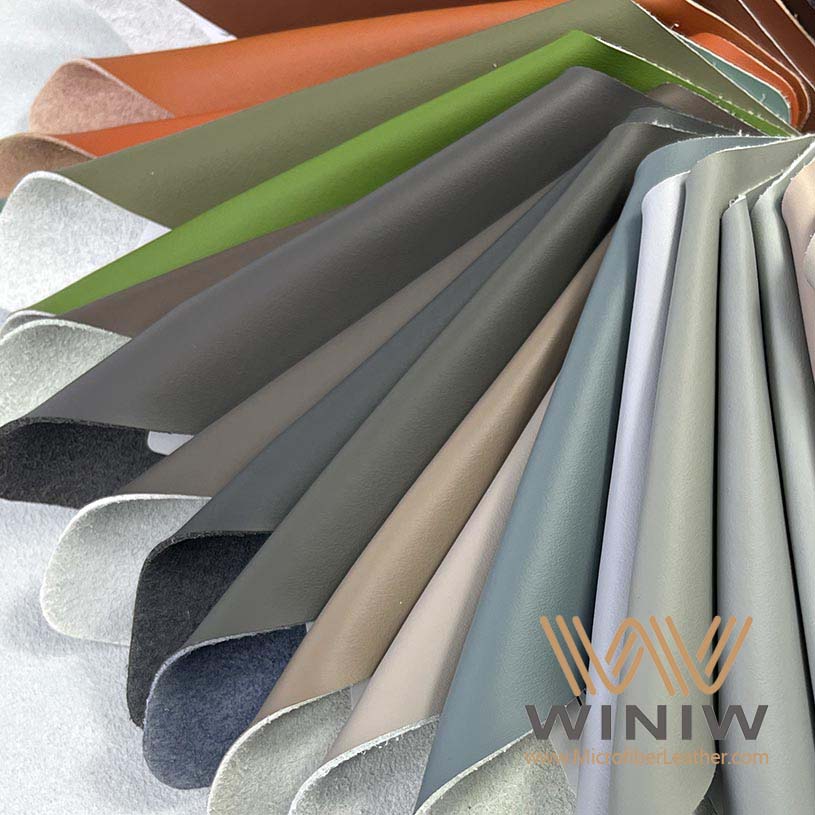
|
Recurso |
Couro |
Tecido |
|---|---|---|
|
Remoção de pelos de animais de estimação |
Fácil |
Moderado |
|
Resistência a manchas |
Alto |
Varia |
|
Adequado para pessoas com alergias |
Alto |
Moderado |
|
Resistência a riscos |
Moderado |
Alto (sintético) |
Ao decidir qual material é melhor para sua família, pense na sua rotina diária, nos hábitos dos seus animais de estimação e nas suas preferências de limpeza. Tanto os sofás de couro quanto os de tecido oferecem vantagens, mas a sua escolha depende do que é mais importante para a sua casa.
Você deve considerar o clima local antes de escolher um sofá de couro. O couro reage às mudanças de temperatura e umidade. Em áreas úmidas, você poderá notar:
O crescimento de mofo e bolor no couro pode danificar seu sofá e causar problemas de saúde.
O excesso de umidade torna o couro macio e elástico, o que leva à perda de forma e conforto.
Odores persistentes que se desenvolvem quando a umidade fica retida no material.
Em climas secos, o couro pode ressecar e ficar quebradiço. Isso pode causar rachaduras ou encolhimento, tornando seu sofá desconfortável. Você pode evitar esses problemas mantendo a umidade da sua casa entre 40% e 50%. A hidratação regular também ajuda a manter os óleos naturais do couro.
Os sofás de tecido também reagem ao clima. Em ambientes úmidos, o tecido pode reter a umidade. Você poderá observar:
O sofá pode mofar ou bolor se formar se você não o limpar regularmente.
As almofadas retêm a umidade, o que leva a odores desagradáveis e deterioração mais rápida.
Em climas secos, o tecido geralmente permanece confortável, mas a poeira pode se acumular. Você deve aspirar o sofá com frequência e usar capas laváveis para mantê-lo sempre fresco. A manutenção regular ajuda a prolongar a vida útil do seu sofá de tecido, independentemente do clima.
Dica: Se você quer um sofá que se adapte bem ao seu clima, um sofá de tecido de couro Combina os pontos fortes de ambos os materiais.
O material escolhido influencia a forma como o sofá se integra ao ambiente. O couro costuma ter um aspecto elegante e funciona como um ponto focal na decoração. Sofás de tecido, por sua vez, oferecem um visual mais casual e maior versatilidade. A tabela abaixo mostra como cada material influencia o design do ambiente:
|
Recurso |
Sofá de couro (alta qualidade) |
Sofá de tecido (algodão/microfibra) |
|---|---|---|
|
Apelo estético |
Elegante, serve como ponto focal. |
Confortável, casual, combina facilmente |
|
Utilização do espaço |
Peça central, arranjo dos conjuntos |
Versátil, adapta-se a layouts flexíveis. |
|
Funcionalidade |
Interação social formal |
Relaxamento, conforto do dia a dia |
Você pode usar um sofá de couro sintético para equilibrar elegância e conforto, tornando-o adequado tanto para salas grandes quanto pequenas.
Um sofá de couro sintético é ideal se você busca durabilidade, facilidade de limpeza e um estilo atemporal. Considere suas necessidades de conforto, manutenção e orçamento. Consulte esta tabela para ajudar na sua decisão:
|
Fator |
Couro |
Tecido |
|---|---|---|
|
Durabilidade |
Dura mais de 20 anos |
Dura cerca de 15 |
|
Manutenção |
Fácil, precisa de cuidado |
Necessita de cuidados regulares. |
Pense na sua família, nos seus animais de estimação e no clima. Escolha o sofá que melhor se adapta ao seu estilo de vida.
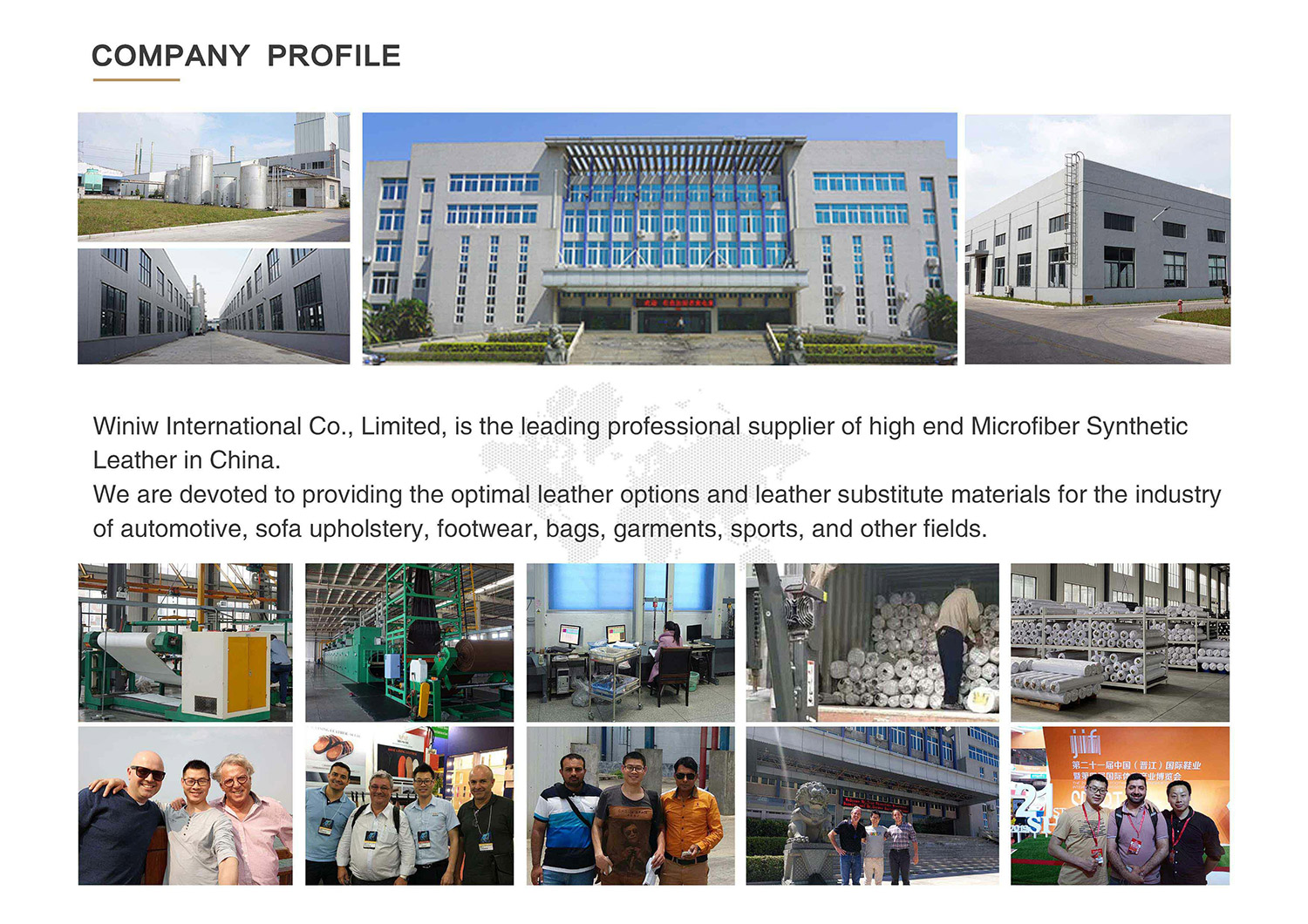
Use um pano macio para limpar derramamentos. Aplique condicionador de couro a cada seis meses. Evite produtos químicos agressivos. Mantenha seu sofá longe da luz solar direta.
Você pode usar um aspirador de pó ou um rolo adesivo para remover pelos. Lave as capas removíveis regularmente. Tecidos de alta performance resistem melhor aos pelos de animais do que os materiais tradicionais.
|
Temporada |
Nível de conforto |
|---|---|
|
Verão |
Pode dar uma sensação pegajosa. |
|
Inverno |
É muito legal |
|
Primavera/Outono |
Confortável |
O couro se adapta, mas o tecido mantém a mesma aparência durante todo o ano.

Digitalizar para wechat:
